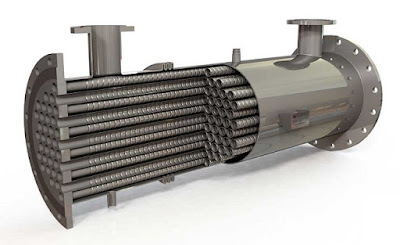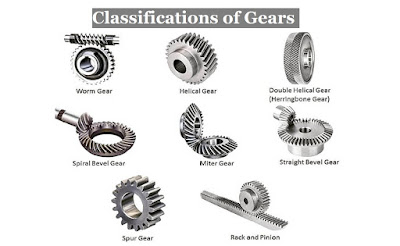Steel has been known about since the beginning of the Iron Age. But for most of this time, the quality of iron produced varied widely.
The first blast furnaces began appearing in China in around the 6th Century BC and would spread into Europe during the Middle Ages. By the 17th Century iron was, more or less, well understood and by the 19th Century production methods and quality were improved dramatically.
Early metallurgists realized that when iron gets very hot it begins to absorb carbon. This, in turn, reduces the melting point of iron as a whole and makes the final product brittle.
They soon realized that they needed to find a way of removing high carbon contents to make iron products less brittle.
In around 1050 AD the precursor to the modern Bessemer Process is developed. This process decarbonized the metal through repeated forging under a cold blast.
Although this process was far less efficient that Bessemer’s later development it would form one critical stage in the development of our knowledge of the metallurgy of iron and steel.
The most important development was made by Henry Bessemer in 1856. He managed to find a way of using oxygen to reduce the carbon content in steel, thus creating the modern steel industry.

















Comments
Post a Comment